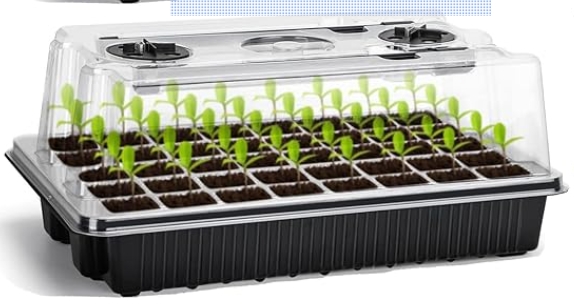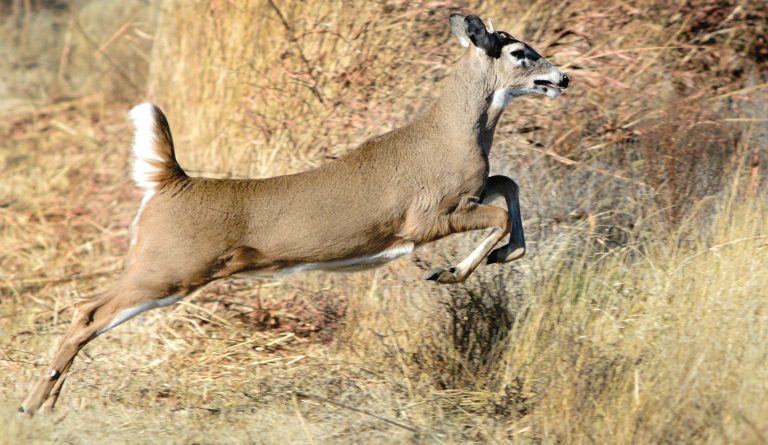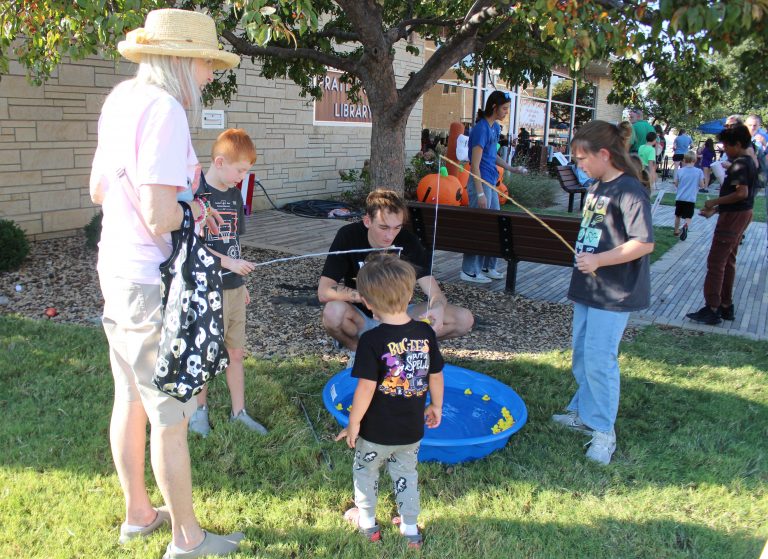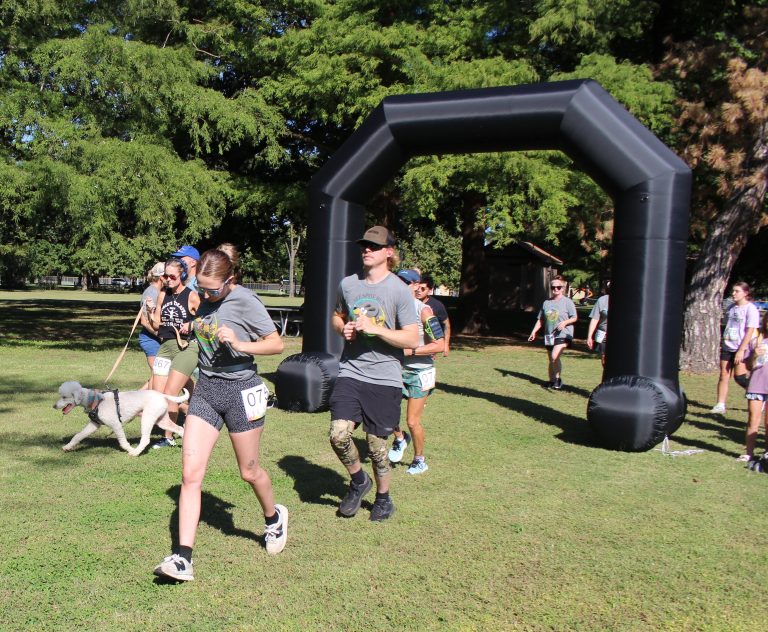By Chris Himmelwright
Pratt County Master Gardener
Pratt County Research and Extension Services
Starting Onion Plants Indoors
It can be difficult to find specific onion varieties in sets or transplants, so growing from seed may be a preferred option. Onions are one of the first plants to be seeded for transplanting because they take a significant amount of time (6 to 8 weeks) to reach transplant size and because they can be set out relatively early (late March in much of eastern and central Kansas). Therefore, we want to start onions in mid- to late-January.
Onion seed should be placed ½ to 3/4 inch apart in a pot or flat filled with a seed starting mix. Place the container in a warm (75 to 80 F) location until young seedlings emerge. Move to a cooler location (60 to 65 F) when the seedlings are 1 to 2 inches tall. Make sure they have plenty of light, using florescent lights if needed.
Start fertilizing when the seedlings reach 2 to 3 inches tall, using a soluble fertilizer with each or every other watering. Onion seedlings tend to be spindly with the remains of the seed sticking to the end of a leaf for several weeks. Encourage stockiness by trimming the ends of the leaves when the plants reach 4 to 5 inches tall. Start hardening off the onions in early March by moving the plants to a protected outdoor location. You may have to move them inside temporarily to protect them from extreme cold snaps.
Asparagus plants are usually started from crowns but can be started from seed. If you wish to try the second method, order seed now. We recommend transplanting asparagus in mid to late April after danger of a freeze is past. It normally takes about 10 to 12 weeks for asparagus seedlings to grow large enough to transplant, so they need to be started soon.
Asparagus seed is somewhat erratic in germination though soaking seed in warm water for 48 hours helps. Keep the seeding medium between 75 and 80 degrees and plant at a depth equal to four times the diameter of the seed. Germination normally takes two to three weeks. Asparagus seems to grow in spurts where growth will be rapid, and then slow. Don’t become concerned with this pattern, as it is quite common with asparagus.
Plants should be transplanted to a trench about 6 inches deep. Gradually add soil to the trench as plants grow. The trench should be full by the end of the growing season.
Prune the fruit trees
January is a good time to think about pruning fruit trees. The pruning can also be done in February or March. But if you wish to do it early, trees are fully dormant and have been for a few weeks. Pruning when temperatures are below 20 degrees F is not advisable due to possible injury. It is important to prune before dormant sprays are applied to avoid pruning out sprayed wood and discarding it.
Also, you are more likely to get total coverage of limbs, branches and shoots after you have pruned. Prune older trees first because older, larger wood tolerates lower temperatures than young trees with small diameter wood.
Trees and the grass that grows around them
Research from K-State’s John C. Pair Horticultural Center has quantified the effect of controlling grasses around newly planted trees. Jason Griffin, William Reid and Dale Bremer conducted a study to investigate the inhibition of growth of transplanted, seedling trees when lawn grasses were allowed to grow up to the trunk. There were five treatments including three with different species of grass. Those treatments were: 1. Bare soil maintained with herbicides 2. Area under tree mulched 3 inches deep 3. Tall fescue allowed to grow under tree 4. Bermuda grass allowed to grow under tree 5. Kentucky bluegrass allowed to grow under tree All treatments were applied to Eastern redbud seedlings as well as to pecan seedlings.
All trees were fertilized according to recommendations and watered during the growing season with up to one inch of water if rainfall was deficient. At the end of two years, trees were measured and harvested. Data was taken on caliper (diameter) 6 inches above the ground, weight of above ground portions of the tree, leaf area and leaf weight.
There were no differences in any measure between the mulched treatment and the bare soil treatment for either tree species. But all measures showed very significant growth increases when lawn grasses were controlled around the tree. Specific results were as follows: 1. Caliper: Measurements taken 6 inches above the soil surface were twice as large for plots without grass than for those with either fescue or bluegrass; they were only 50% larger when compared to the Bermuda grass plots. 2. Top growth weight: Redbuds showed a 300% weight advantage for plots with grasses controlled than those without. Pecans showed a significant 200% increase. 3. Leaf area and leaf weight: Leaf area was 200% larger in plots without grass competition, with a 300% increase in leaf weight. We can conclude from this study that grasses must be controlled under a newly transplanted tree for the best possible growth. How far from the trunk should the grasses be controlled? Try a minimum of 3 feet.
Adapted from Kansas State Horticulture Newsletter




